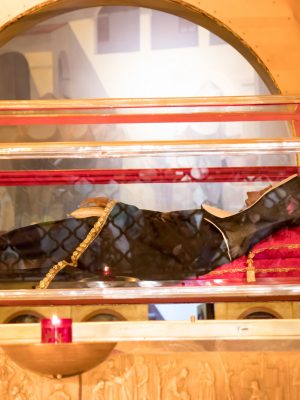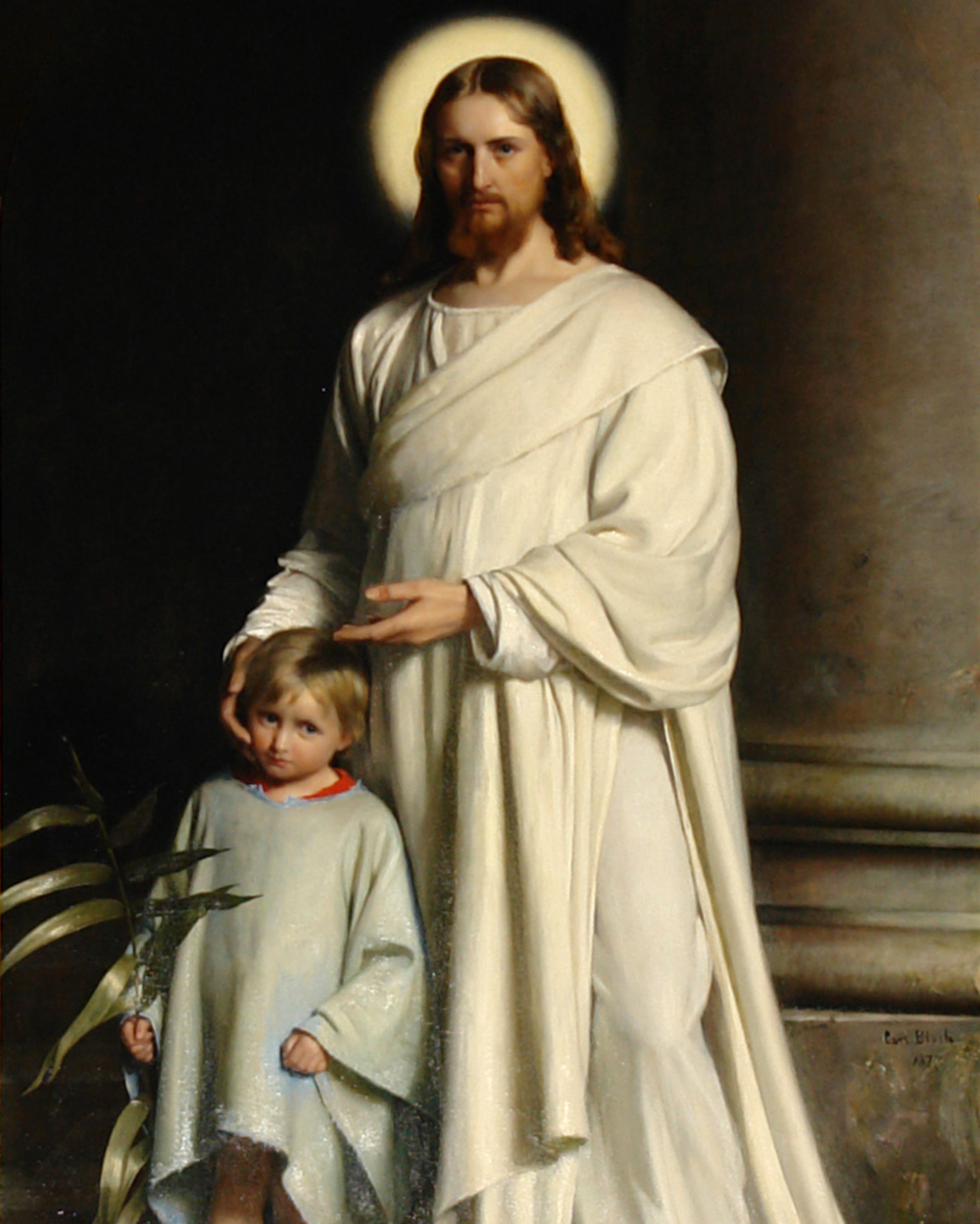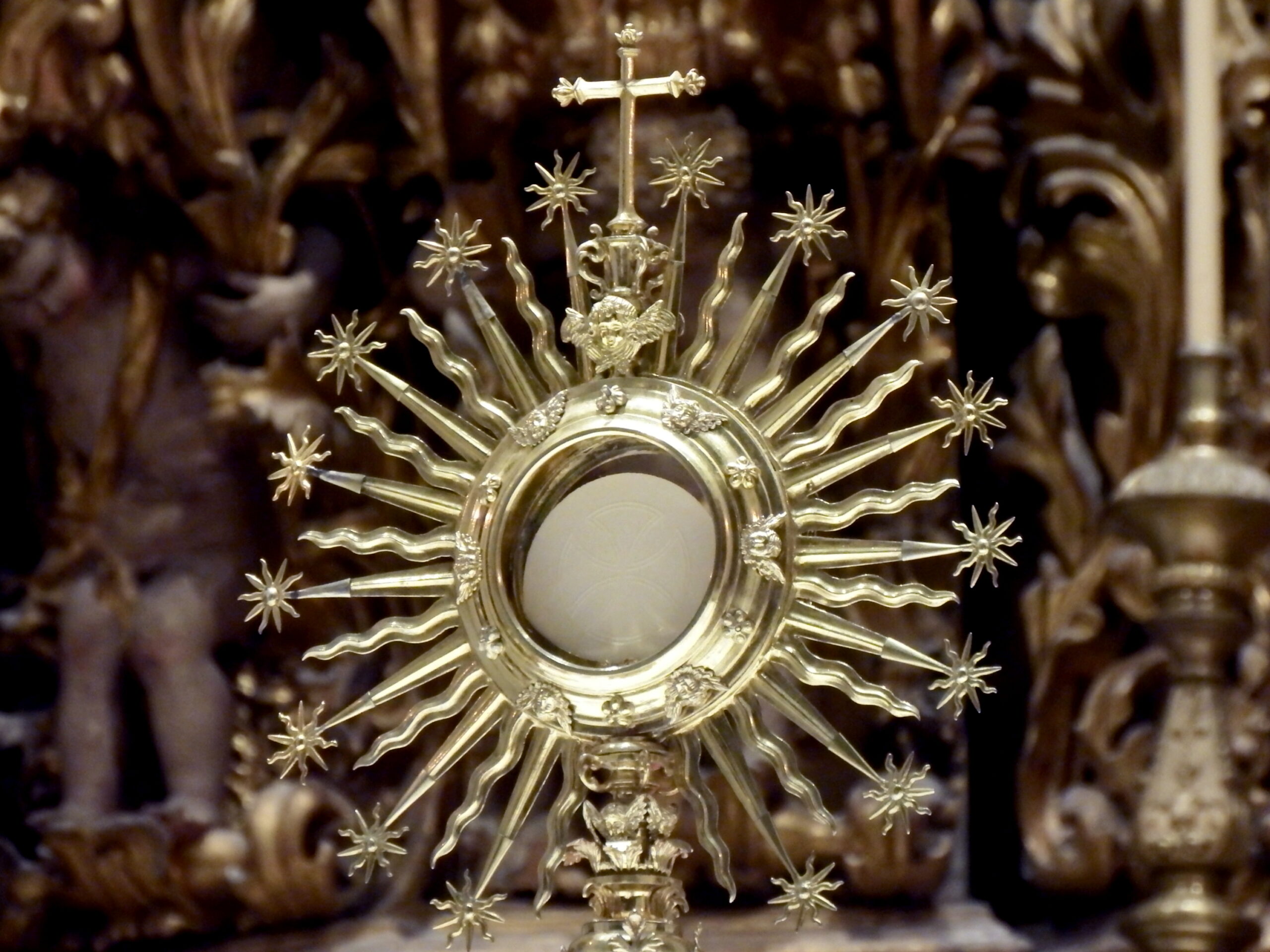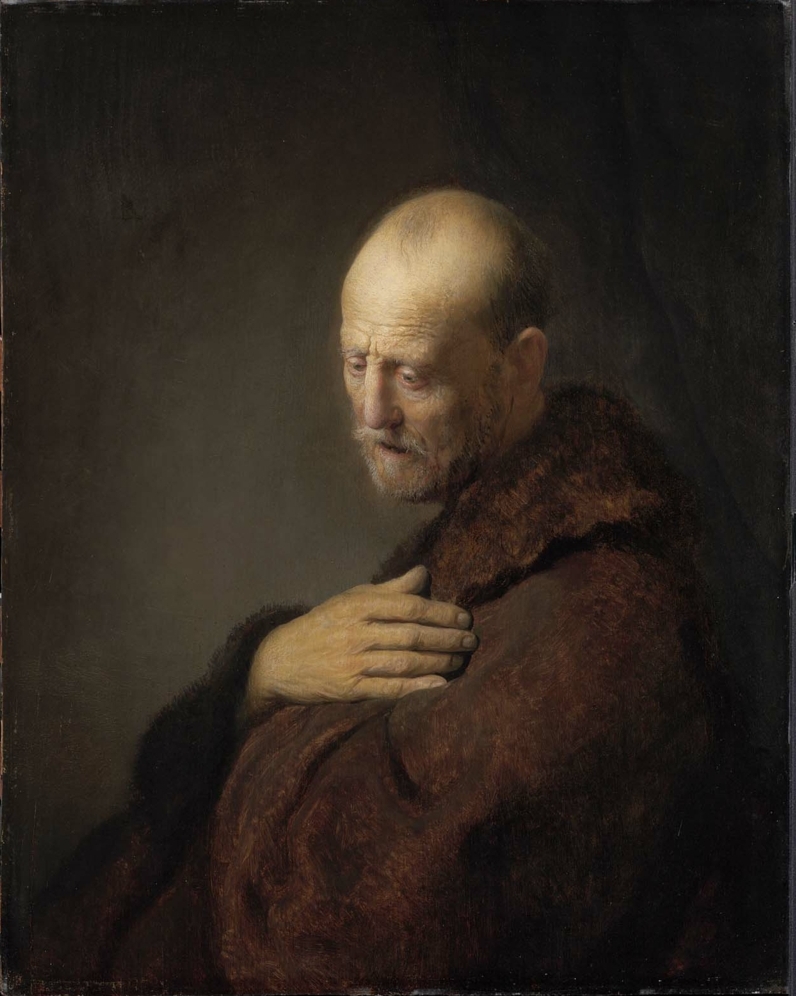She has become one of my favorite saints, and yet I usually don’t think of her until her feast day, which every year is May 22. In fact, you would be reading this article earlier, ahead of her feast day, if I had thought ahead. Her feast day also happens to be the day when my wife and I were married (and neither of us Catholic), May 22, 1993. Perhaps in my frantic fear of missing my wife’s anniversary, I’m too myopically focused elsewhere to think of Saint Rita of Cascia ahead of time.
Rita is famously known as the Patron Saint of Impossible Causes (which hopefully is not her connection to my marriage). She was born Margherita “Rita” Lotti in 1381 in the little town of Roccaporena in central Italy, a small suburb of Cascia, the region of Umbria, the province of Perugia.
Rita was very devout from the time of her childhood. Her parents, Antonio and Amata Ferri Lotti, certainly noticed her piety. They were known to be kind and decent parents. They knew that their little girl craved the religious life. But her parents were also fairly elderly, and they feared their daughter being left alone in the world when they died. They sought to arrange a marriage for her. They didn’t make a good choice. At a very young age (some sources say as young as 12), Rita was married to a nobleman named Paolo Mancini. He was wealthy, which seemed the only motivation for the choice of Paolo, who was an immoral man who led a licentious lifestyle and had a nasty temper. He was cruel and abusive toward Rita, who throughout 18 years of marriage offered up her suffering.
The trial ended when her husband was killed, possibly by bandits or more likely by men he had wronged. The murder set Rita’s two sons on an angry course of revenge. Rita prayed to the heavens that the Lord would take her boys before they could act on the mortal sin of murder on behalf of avenging their father. Both soon died of sickness from an outbreak of the plague. Rita was relieved that they had not committed murder, but she was devastated nonetheless.
Now a widow, with no husband and no children, Rita at long last entered an Augustinian convent in Cascia.
What has fascinated me most about Saint Rita are two things: her reported stigmata and her apparent incorruptibility after so many years—nearly six centuries, in fact. Add to the stigmata and incorruptibility a third related wonder: her sweetly perfumed corpse. Inexplicably after her death, her corpse gave off a sweetly perfumed scent, which eventually filled the church where she was laid. The aroma was constant for centuries, but now happens only intermittently.
That sweet fragrance has been interpreted as a heavenly reward for Rita’s unique form of earthly suffering. She had been inspired by a sermon preached by St. James of the Marches, a renowned Italian Franciscan, which convinced her to embrace suffering rather than eschew it. She should accept mortification of the flesh. She thus implored Jesus in prayer to let her partake in his passion and was rewarded most acutely—with a divinely implanted thorn in her forehead. It was her own part to share in the crown of thorns. This thorn would remain for 15 years until her death at age 76, to the wonderment and often shock of onlookers.
Notably, the oozing wound produced such a foul odor that people avoided Rita and she sought seclusion. Her death, however, changed everything. It was said that at the time of her death her cell was filled with a remarkable perfume, accompanied by a ray of light that was said to emanate from the thorn wound in her head. The nuns who were present were astounded. The beautiful smell did not go away, even accompanying Rita’s corpse long after. (This notion of a divine fragrance is not a wholly unique phenomenon among certain saints, especially stigmatists; it has long been associated with Padre Pio as well.)
Of course, news of these supernatural occurrences spread throughout the Umbrian countryside. Pilgrims flocked to the church where Rita’s corpse lay enshrined beneath the altar. Travelers came to venerate the corpse, the freshness of which went beyond the attractive smell. How so? It was not decomposing.
Yes, another shock: her body was not decomposing.
Before Rita was declared a blessed in July 1627 by Pope Urban III, her corpse was examined by Church authorities and found incorruptible—some 150 years after her death. “The body was carefully examined and found to be as perfect as it had been on the day of her death,” writes Joan Carroll Cruz in her classic, The Incorruptibles (TAN Books, 2012), “with the flesh still of a natural color. The excellent condition of her body after the lapse of over 150 years seems quite extraordinary since it was never properly entombed.” (Also see TAN’s excellent Compendium of the Miraculous by Deacon Albert E. Graham.)
This was just the start of Rita’s post-death earthly journey. A church was not built in her honor and specifically for her body until 1946. And even then, her body remained incorrupt. It is encased in glass.
“St. Rita’s body, as viewed by countless pilgrims, appears only slightly discolored and is perfect in all its members,” recorded Joan Carroll Cruz. The one exception is a mere single eyebrow, “which moved in its position about the year 1650, and a right cheek bone, which became dislodged. These were repaired with wax and string as the two medical examinations of 1743 and 1892 indicate.”
As Cruz’s documentation attests, Rita’s incorruptibility is not some superstitious flight of imagination by local yokels. Medical personnel and Church officials have observed it rigorously for over a half millennium. It has amazed all as a work of the truly miraculous, right up until and through the intense investigation leading to her canonization four-and-a-half centuries after her death.
Rita died on May 22, 1457, which is now her feast day. She was canonized on May 24, 1900 by Pope Leo XIII. It is hard to believe that it took that long. She came to be known as not only the Patroness of Impossible Causes, but as a patroness of heartbroken women and suffering wives.
Today, her incorrupt body remains in the Basilica of Santa Rita da Cascia.
I have never been to Cascia, but when our family visited Assisi in June 2014, we saw Rita’s image everywhere. That was largely due to her proximity to the area. Roccaporena, her hometown, is near Assisi. Her home province, Perugia, was literally warring with Assisi at the time of St. Francis. It was one of the things that so soured St. Francis on the military life.
Had I known more about Rita then, in the summer of 2014, we would have hopped in our car to pay her a visit. Hopefully we shall get to do that someday. With St. Rita, it is not an impossible cause. Go to her with your impossible cause.






